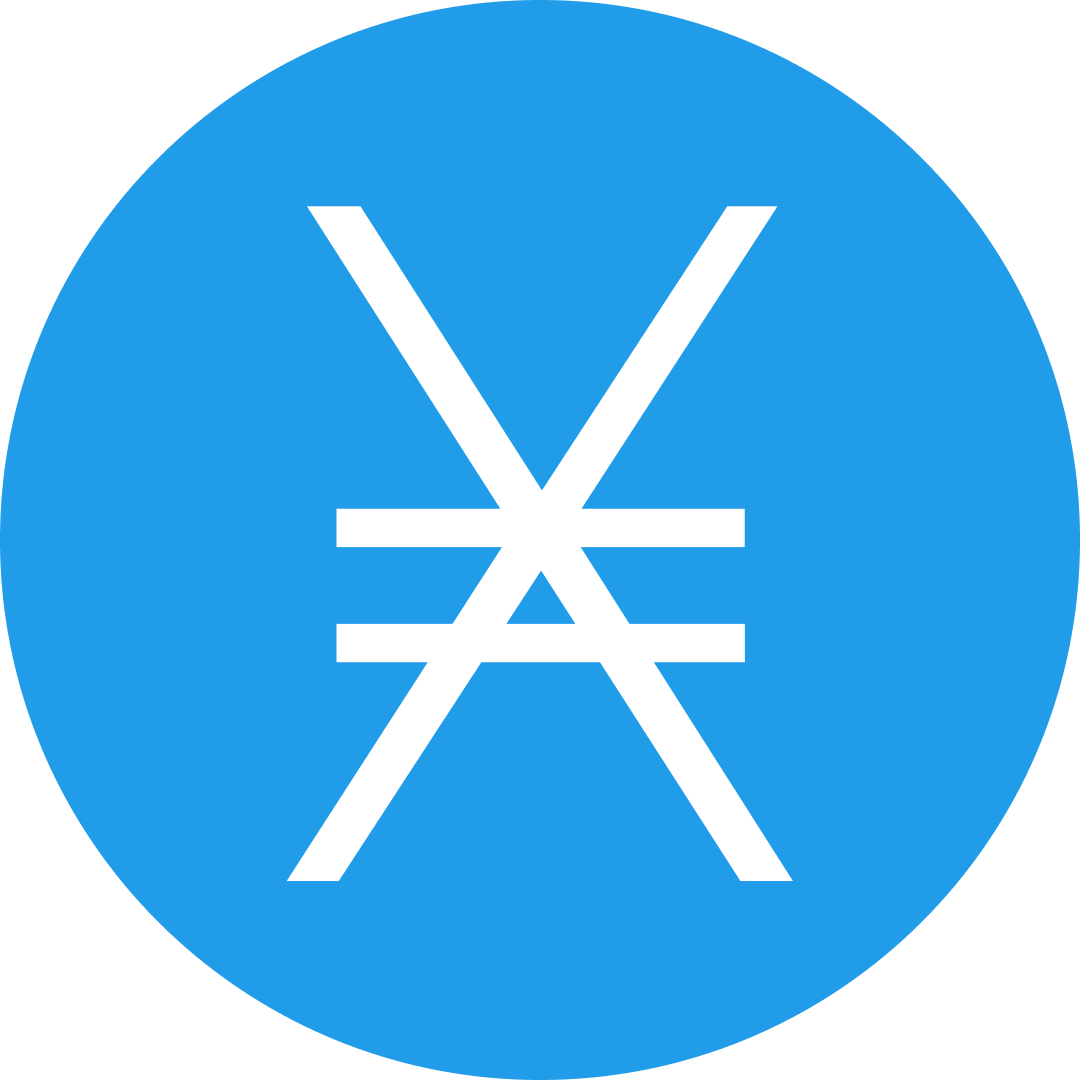-
 bitcoin
bitcoin $107015.826941 USD
-2.18% -
 ethereum
ethereum $3637.352324 USD
-5.18% -
 tether
tether $0.999831 USD
-0.02% -
 xrp
xrp $2.338078 USD
-6.23% -
 bnb
bnb $998.272150 USD
-6.97% -
 solana
solana $167.598257 USD
-10.12% -
 usd-coin
usd-coin $0.999863 USD
0.01% -
 tron
tron $0.282573 USD
-5.09% -
 dogecoin
dogecoin $0.169891 USD
-7.39% -
 cardano
cardano $0.557554 USD
-7.03% -
 hyperliquid
hyperliquid $39.914802 USD
-5.85% -
 chainlink
chainlink $15.414549 USD
-9.97% -
 bitcoin-cash
bitcoin-cash $510.361911 USD
-4.26% -
 ethena-usde
ethena-usde $0.999194 USD
-0.03% -
 stellar
stellar $0.282092 USD
-6.07%
What does it mean when the KDJ lines are flat?
A flat KDJ indicator suggests low volatility and market consolidation, often signaling a pause after strong price moves, with potential for continuation or reversal depending on context.
Aug 01, 2025 at 03:22 pm
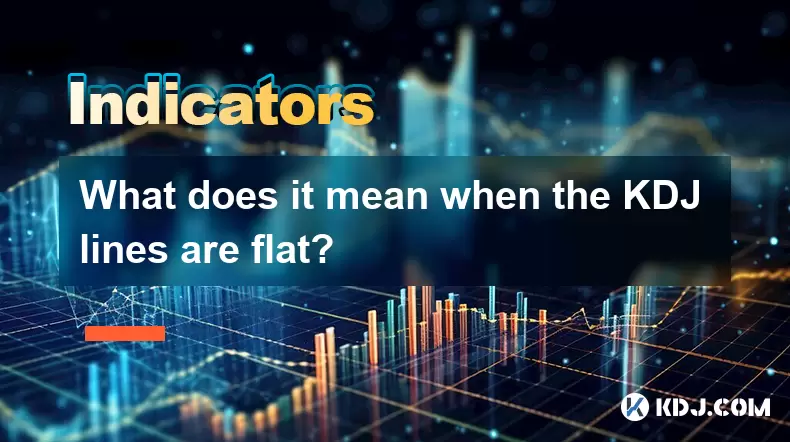
Understanding the KDJ Indicator in Cryptocurrency Trading
The KDJ indicator is a momentum oscillator widely used in cryptocurrency technical analysis to identify potential overbought or oversold conditions. It consists of three lines: the %K line, the %D line, and the %J line. The %K line represents the current closing price relative to the price range over a specified period, typically 9 days. The %D line is a moving average of the %K line, usually a 3-day simple moving average. The %J line is derived from the formula: J = 3 × %K – 2 × %D, making it more sensitive to price changes.
When traders analyze the KDJ indicator, they often focus on crossovers between the %K and %D lines to generate buy or sell signals. However, another significant pattern occurs when these lines flatten out, meaning they move horizontally with little fluctuation. This behavior indicates a specific market condition that requires careful interpretation.
What Does a Flat KDJ Line Indicate?
A flat KDJ line suggests that the market is experiencing low volatility and a lack of strong directional momentum. When the %K, %D, and %J lines are moving sideways within a narrow range, it often reflects a consolidation phase. During this period, neither bulls nor bears are able to gain control, resulting in a balanced or indecisive market.
In the context of cryptocurrency trading, where price swings can be extreme, a flat KDJ may appear after a sharp rally or decline. This could signal that traders are taking profits or waiting for new information before making further moves. The flat lines suggest that the immediate momentum has dissipated, and the asset may be entering a range-bound trading phase.
It is important to distinguish between a flat KDJ during a sideways market versus one that follows a strong trend. In a ranging market, flat KDJ lines are normal and expected. However, after a significant move, flat lines may indicate a potential pause before continuation or a reversal setup, depending on volume and other confirming indicators.
How to Identify a Flat KDJ Pattern
To determine if the KDJ lines are truly flat, traders should observe the following characteristics over a defined time frame, such as 1-hour, 4-hour, or daily charts:
- The %K and %D lines move parallel to each other with minimal divergence.
- The %J line remains close to the %K and %D lines, showing reduced sensitivity.
- The overall movement of all three lines spans a narrow vertical range, typically less than 10–15 points on the indicator scale.
- There are no clear crossovers or sharp turns in the lines over several candlesticks.
Using charting platforms like TradingView or MetaTrader, traders can adjust the KDJ settings (commonly 9,3,3) and visually inspect the slope of the lines. A flat appearance is more reliable when confirmed across multiple time frames. For example, if the 4-hour chart shows flat KDJ lines and the daily chart also reflects similar behavior, the consolidation signal is stronger.
Interpreting Flat KDJ in Different Market Contexts
The meaning of flat KDJ lines varies depending on the broader market context. In an uptrend, flat KDJ lines after a strong rally may indicate a healthy pullback or accumulation phase. Buyers could be pausing to absorb sell orders before pushing the price higher. In this case, the flat KDJ acts as a breather before the next leg up.
Conversely, in a downtrend, flat KDJ lines might reflect a temporary halt in selling pressure. This does not necessarily mean a reversal is imminent; it could simply be a dead cat bounce or short-term relief rally. Traders should watch for volume patterns and price action at key support or resistance levels to determine the next move.
In a sideways or range-bound market, flat KDJ lines are common and expected. The indicator oscillates within a fixed band, often between 20 and 80. When the lines remain flat near the middle (around 50), it suggests neutral sentiment and balanced supply and demand.
Strategies for Trading When KDJ Lines Are Flat
When the KDJ lines are flat, traditional crossover signals become less reliable. Instead, traders can adopt alternative strategies:
- Wait for breakout confirmation: Monitor price action for a decisive move beyond a consolidation range. A break above resistance with increasing volume, accompanied by the KDJ lines turning upward, may signal a resumption of uptrend.
- Use complementary indicators: Combine KDJ with volume analysis, moving averages, or Bollinger Bands. For instance, if price touches the lower Bollinger Band while KDJ is flat near 20, it may indicate oversold conditions despite the lack of momentum.
- Set range-bound orders: In a confirmed sideways market, place buy orders near support and sell orders near resistance, using the flat KDJ as confirmation of low momentum.
- Avoid aggressive entries: Refrain from opening new positions solely based on flat KDJ lines. Wait for the lines to show a clear directional bias—either crossing upward or downward—before acting.
It is crucial to adjust position size and risk management during flat KDJ phases, as false breakouts are common in low-volatility environments.
Common Misinterpretations of Flat KDJ Lines
One common mistake is assuming that flat KDJ lines always precede a reversal. In reality, they often indicate continuation patterns rather than trend changes. Another error is using the KDJ in isolation. Without considering volume, price structure, or macro-level crypto news, traders may misread the flat lines as a sign of weakness when it is merely consolidation.
Additionally, in highly volatile cryptocurrencies like meme coins or low-cap altcoins, KDJ can flatten briefly due to low trading activity rather than genuine market balance. Therefore, it is essential to verify the data quality and trading volume before drawing conclusions.
Frequently Asked Questions
Q: Can flat KDJ lines occur during high trading volume?Yes, flat KDJ lines can appear even with high volume, especially during distribution or accumulation phases. Large players may trade within a narrow range, keeping prices stable while exchanging large positions. High volume with flat KDJ suggests strong interest but no immediate directional breakout.
Q: How long should KDJ lines remain flat to be considered significant?There is no fixed duration, but a flat pattern lasting at least 5–7 candlesticks on the 4-hour chart is generally considered meaningful. Shorter flat periods may just be noise. The longer the consolidation, the higher the potential energy for a subsequent move.
Q: Should I adjust KDJ settings when lines are flat?Adjusting the parameters (e.g., from 9,3,3 to 14,3,3) can help smooth the lines further, but it may also delay signals. It is better to keep standard settings and use other tools for confirmation rather than altering the indicator itself.
Q: Does a flat KDJ always mean low volatility?Mostly yes, but exceptions exist. In markets with frequent small price swings, the KDJ may appear flat even if volatility is moderate. Always cross-check with a volatility indicator like Average True Range (ATR) to confirm the actual market conditions.
Disclaimer:info@kdj.com
The information provided is not trading advice. kdj.com does not assume any responsibility for any investments made based on the information provided in this article. Cryptocurrencies are highly volatile and it is highly recommended that you invest with caution after thorough research!
If you believe that the content used on this website infringes your copyright, please contact us immediately (info@kdj.com) and we will delete it promptly.
- Bittensor's Wild Ride: TAO Token's Volatile Moves Explained
- 2025-11-05 05:20:02
- Decoding Crypto's Wild Ride: Insights on Bitcoin, XRP, and the Future of Digital Assets
- 2025-11-05 05:30:01
- ASTER Crash, Binance & Market Chaos: Decoding Crypto's Wild Ride
- 2025-11-05 05:30:02
- BNB Price Plunge: Crypto Sell-Off Deepens, What's Next?
- 2025-11-05 05:50:13
- Unlocking Crypto's Future: NIP Group's Bitcoin Bet, Altcoin Liquidity Boost, and the Rise of Little Pepe
- 2025-11-05 05:50:13
- Backend-for-Frontend, Token Theft, and Security: Navigating the Treacherous Waters of Modern Web Apps
- 2025-11-05 05:10:01
Related knowledge

Using TradingView for crypto: essential tips and tools for chart analysis.
Nov 05,2025 at 04:30am
Mastering Chart Types on TradingView1. Selecting the right chart type is crucial for accurate crypto analysis. The default candlestick chart remains a...

Technical analysis for crypto: using RSI and MACD to find trading signals.
Nov 03,2025 at 03:18pm
Decentralized Exchanges Are Reshaping Trading Dynamics1. Decentralized exchanges (DEXs) have gained significant traction by eliminating intermediaries...

Reading crypto charts for beginners: understanding candlestick patterns.
Nov 05,2025 at 02:55am
Introduction to Candlestick Charts in Crypto Trading1. Candlestick charts are one of the most widely used tools in cryptocurrency trading, offering vi...
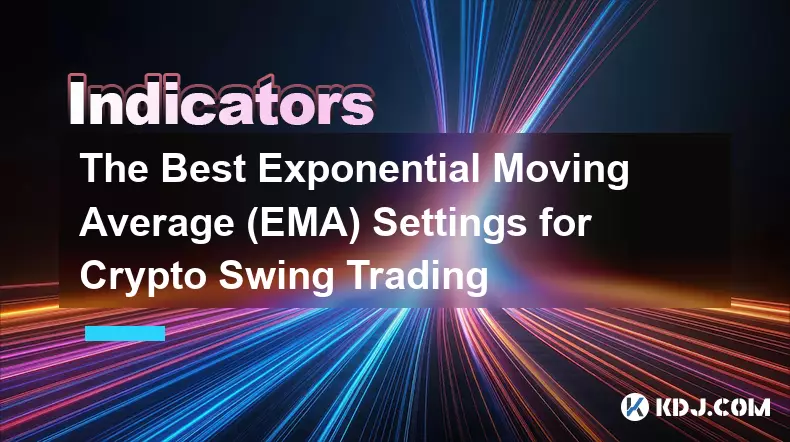
The Best Exponential Moving Average (EMA) Settings for Crypto Swing Trading
Oct 25,2025 at 04:55pm
The Best Exponential Moving Average (EMA) Settings for Crypto Swing TradingSwing trading in the cryptocurrency market relies heavily on identifying tr...
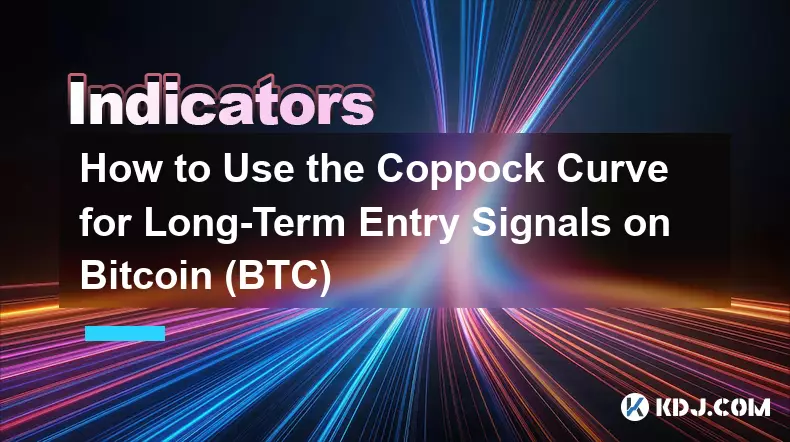
How to Use the Coppock Curve for Long-Term Entry Signals on Bitcoin (BTC)
Oct 31,2025 at 03:01pm
Understanding the Coppock Curve in Bitcoin Analysis1. The Coppock Curve is a momentum indicator originally designed for stock market indices but has f...
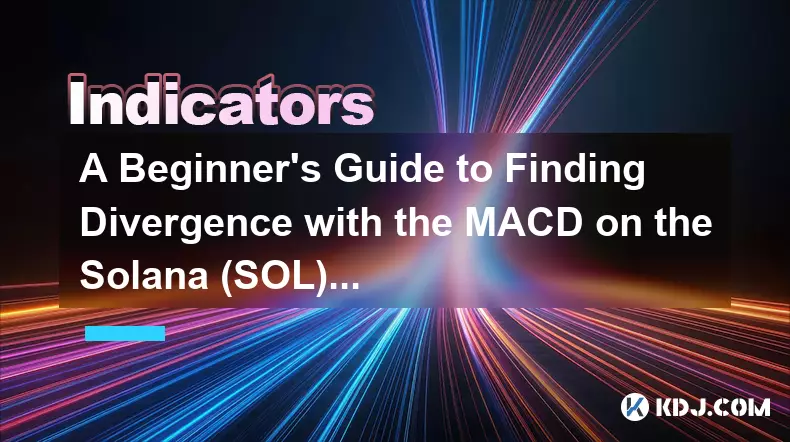
A Beginner's Guide to Finding Divergence with the MACD on the Solana (SOL) Chart
Oct 26,2025 at 12:36pm
Understanding MACD and Its Role in Solana Trading1. The Moving Average Convergence Divergence (MACD) is a momentum indicator widely used in cryptocurr...

Using TradingView for crypto: essential tips and tools for chart analysis.
Nov 05,2025 at 04:30am
Mastering Chart Types on TradingView1. Selecting the right chart type is crucial for accurate crypto analysis. The default candlestick chart remains a...

Technical analysis for crypto: using RSI and MACD to find trading signals.
Nov 03,2025 at 03:18pm
Decentralized Exchanges Are Reshaping Trading Dynamics1. Decentralized exchanges (DEXs) have gained significant traction by eliminating intermediaries...

Reading crypto charts for beginners: understanding candlestick patterns.
Nov 05,2025 at 02:55am
Introduction to Candlestick Charts in Crypto Trading1. Candlestick charts are one of the most widely used tools in cryptocurrency trading, offering vi...

The Best Exponential Moving Average (EMA) Settings for Crypto Swing Trading
Oct 25,2025 at 04:55pm
The Best Exponential Moving Average (EMA) Settings for Crypto Swing TradingSwing trading in the cryptocurrency market relies heavily on identifying tr...

How to Use the Coppock Curve for Long-Term Entry Signals on Bitcoin (BTC)
Oct 31,2025 at 03:01pm
Understanding the Coppock Curve in Bitcoin Analysis1. The Coppock Curve is a momentum indicator originally designed for stock market indices but has f...

A Beginner's Guide to Finding Divergence with the MACD on the Solana (SOL) Chart
Oct 26,2025 at 12:36pm
Understanding MACD and Its Role in Solana Trading1. The Moving Average Convergence Divergence (MACD) is a momentum indicator widely used in cryptocurr...
See all articles







































































